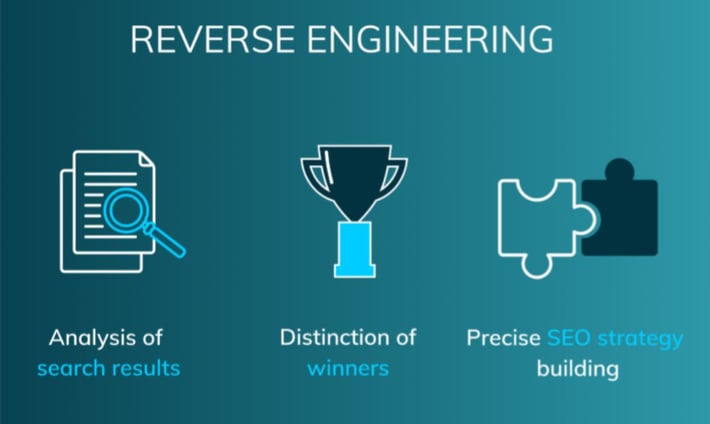.png)
First Published: 08 November, 2019
Clothing e-commerce in New Zealand has seen a recent rise in competition as big companies like Zara, H&M, ASOS, and others have made their presence known over the past few years. The clothing industry in New Zealand, however, has its own set of rules, primarily due to our geographic location and relatively low population. Therefore, the market is limited, and the stakes are high in the battle for visibility on search engines.
The retail clothing vertical, in particular, is a true challenge for SEO professionals. They keep a watchful eye of Google’s list of over two hundred ranking factors, which the search engine company keeps under wraps. That leaves the SEO industry with some investigation to do.
To understand which of these hundreds of factors have the most significant influence on organic rankings, Pure SEO partnered with Whites Agency in Europe to research the New Zealand retail clothing vertical, the first study of its kind to be conducted in the country. The raw data from the clothing e-commerce search pool has led to new discoveries, some of which we discuss in detail below.

Whites Agency (whites.agency) and Pure SEO took a reverse engineering approach; using real-world search results to distinguish which webpages were ranking better, and which characteristics helped web pages rank higher. The research was focussed on three million possible keywords and four thousand key phrases associated with big clothing brands, as well as ten thousand non-brand and non-location key phrases sourced with human labour.
Focused analyses were conducted across the full spectrum of SEO measures, including:
The sheer volume of data available meant that the agencies needed to utilise Big Data analytical practices, rather than interpreting their findings with a traditional statistical approach. Their data were sourced from Google Adwords API (as Google ranking factors were the focus of the study), using Keyword Planner to generate the phrases and keywords. The team then used these keywords as search terms.
Through tracking the occurrence of particular websites in the top three rankings of these searches (in both mobile and desktop SERPs), there were a few key findings that resulted from the study.

Though many tentative findings require further exploration—such as discrepancies in Google’s recommendations for DOM size and the demonstrated results—there were a few that stood out as crucial.
Relationship Between URL Length and Query Length
Whites Agency and Pure SEO discovered that there seemed to be a relationship between the length of a search query and the length of the responding URLs. On the surface, it appeared that Google was favouring a shorter URL, but delving further revealed more.
It appears that short phrases yield a preference for short URLs, while longer phrases typically have more in-depth answers, creating a preference for longer URLs.
Internal Outlink Protocol Varies from Mobile to Desktop
The study also found that the ideal number of internal outlinks (links pointing to other pages on the same website) varies according to which platform the user is browsing on. Desktop users will see pages with a high number of internal outlinks ranking higher, which is ideal for e-commerce. Mobile users, however, will see pages that load quickly ranking higher. This is a key concern for Google that they have made clear, and while a good outlink portfolio is helpful, it can slow mobile loading speed if it is too hefty.
Lighthouse Factors Impact on SERP Ranking
Lighthouse is a website-auditing tool developed by Google for use in the SEO industry. It evaluates a URL based on several factors and indicates whether the website is underperforming on mobile in categories like accessibility (font, ease to read), loading speed, and back-end performance. The following Lighthouse factors appeared to be of importance in Google’s estimation:
These are the first strides into evaluating New Zealand e-commerce, and the precise SEO strategies that work in that realm. While SEO is an ever-fluctuating practice, this comprehensive beginning is a great diving board for industries all over the country to elevate their SEO practices, so that Google will start recognising their websites and placing them higher on the SERP.
Thanks to Pure SEO and Whites Agency, all New Zealand businesses can begin improving their online presence. The full white paper can be downloaded for free here: Digital Marketing for Retail.

Contact us if you have any suggestions on resources you would like to see more of, or if you have something you think would benefit our members.
Get in TouchSign up to receive updates on events, training and more from the MA.
